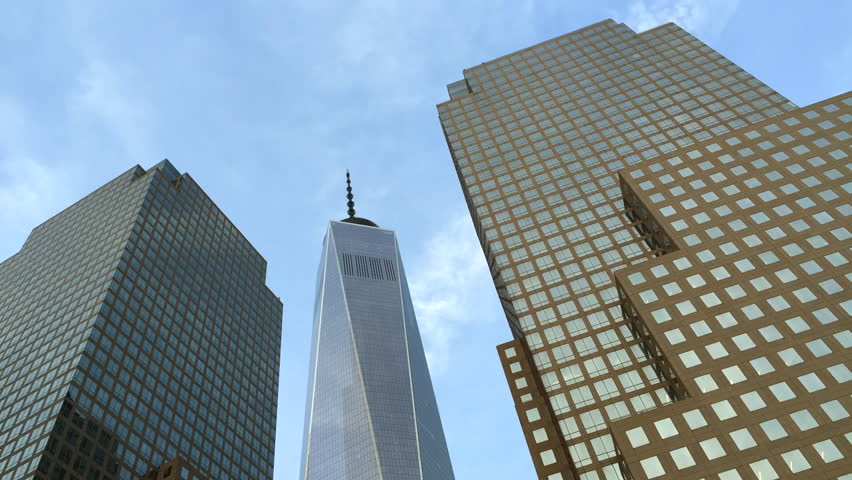Camera Angles

Top Down. Cenital
The scene is shown from directly above.
In drama it can be used to show the positions and motions of different characters and objects, enabling the viewer to see things the characters can't.
The bird's-eye view, a top-down angle, but from a large distance is also very useful in sports, documentaries, etc.
This is a completely different and somewhat unnatural point of view which can be used for dramatic effect or for showing a different spatial perspective.
In drama it can be used to show the positions and motions of different characters and objects, enabling the viewer to see things the characters can't.
The bird's-eye view, a top-down angle, but from a large distance is also very useful in sports, documentaries, etc.
This is a completely different and somewhat unnatural point of view which can be used for dramatic effect or for showing a different spatial perspective.

High Angle Picado
A high angle shows the subject from above, i.e. the camera is angled down towards the subject.
This has the effect of diminishing the subject, making them appear less powerful, less significant or even submissive.

Eye-Level or Straight angle. Normal
This is the most common view, being the real-world angle that we are all used to.
It shows subjects as we would expect to see them in real life. It is a fairly neutral shot.
Low Angle Picado
)
Worm´s eye Angle Nadir
A worm's-eye view is a view of an object from below, as though the observer were a worm; the opposite of a bird's-eye view.

Slanted Holandés o aberrante
Also known as canted and dutch tilt, this is where the camera is purposely tilted to one side so the horizon is on an angle.
This creates an interesting and dramatic effect.
This creates an interesting and dramatic effect.
Famous examples include Carol Reed's The Third Man, Orson Welles' Citizen Kane and the Batman series.



Link: Creative camera angles


Comments
Post a Comment